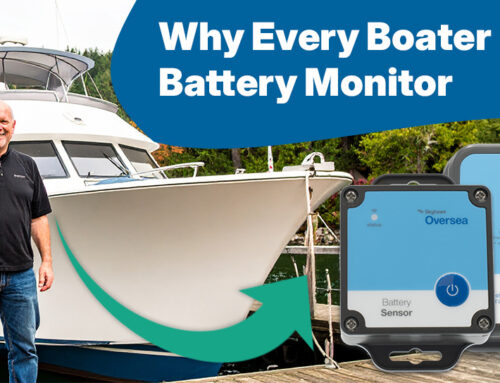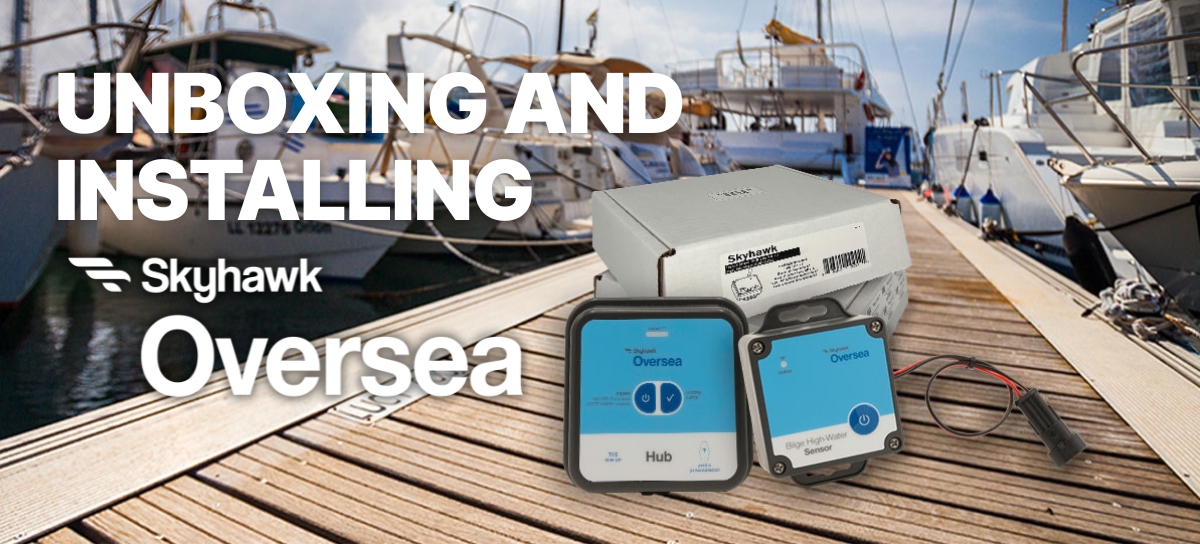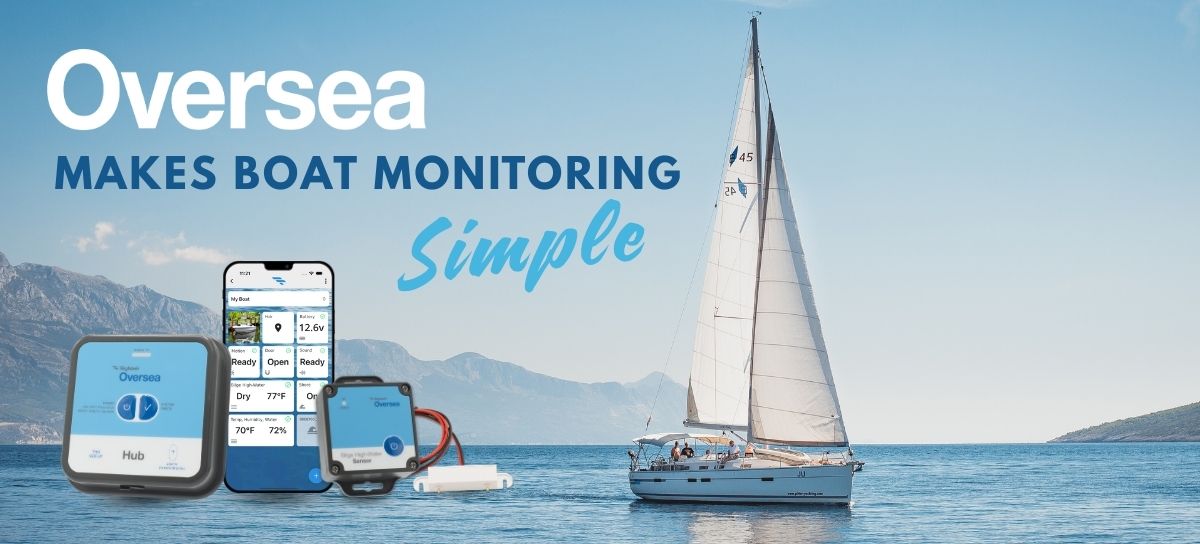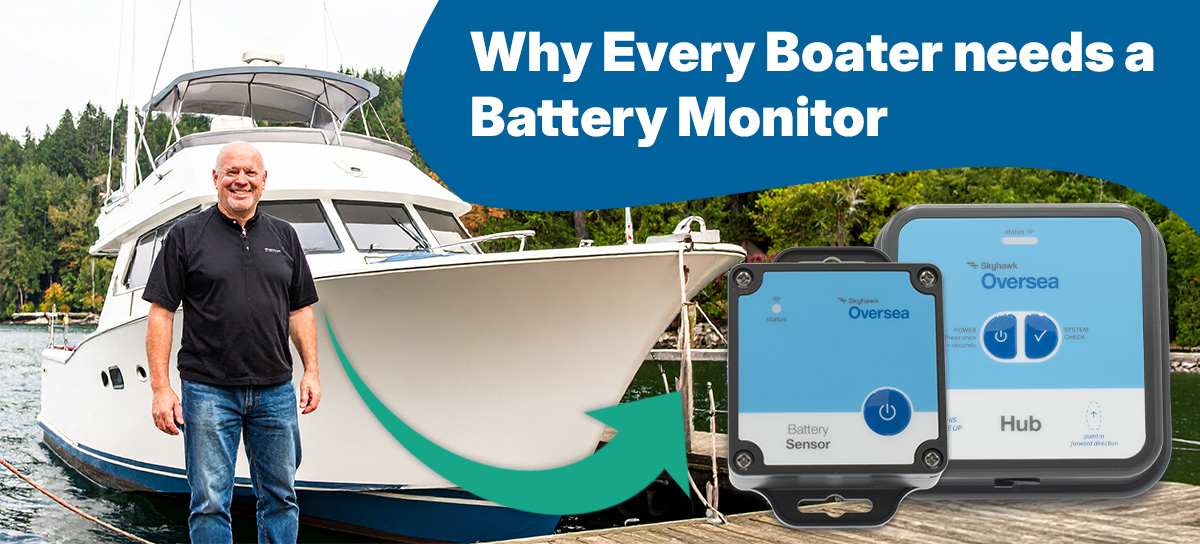
Understanding What Your Bilge Is Saying
When a boat’s bilge pump comes on, it could mean something serious and potentially dangerous is going on with your vessel which you’d better deal with pronto. Or it could simply be a normal occurrence that happens over the course of the day, for a boat that stays in the water and leaks a little bit.
The trick for the average boater, therefore, is understanding which scenario is which. This requires becoming a “bilge whisperer” of sorts. By carefully monitoring your boat’s bilge pump activity, you’ll be able to learn what its actions might be telling you.
Is bilge monitoring really necessary?
This is not a situation where “ignorance is bliss.” The consequences of not knowing what’s happening in the hidden recesses of your boat’s bilge can be serious — particularly when a boat is kept in the water for any length of time (such as in a marina or on a mooring buoy).
If a bilge fills up faster than your bilge pump can keep up, or if the pump were to lose power (for example, if the house batteries become submerged) or otherwise fails or wears out from overuse, your boat can literally sink at the dock. In fact, studies have shown that most recreational boat sinkings occur while the boat is tied up at the dock and the owner is away.
While this is sobering and even scary, fear not — because any boater can get better connected with his boat and become a bilge whisperer. Begin by keeping watch for anything that is new or unusual for your boat — something outside of the normal “ebb and flow” of everyday life surrounded by water.
What does normal bilge operation look like?
Many boats, especially older wooden-hulled sailboats and trawlers, tend to have slow leaks that come in from a variety of places. These include thru-hull fittings, rudder posts, shaft seals, hull seams and joints, and even the hull material itself. These are generally slow “seeps” that the bilge pump has no problem keeping pace with. Spend any time at a marina and you’ll see one boat after another have the bilge pump come on for a few seconds and shut off. It’s all very routine, and unless something suddenly changes you’re probably in good shape.
But, you don’t want your bilge pump running too long or turning on too often, both of which can signal trouble. If you’re not hooked to shore power to maintain your boat’s house batteries, a constantly running pump can drain the battery dead, and all of a sudden you won’t be pumping water out. Even if you are connected to shore power, the bilge pump could fail from continued operation with the same bad result.
When you’re on your boat, take notice of how often your bilge pumps water overboard and perform occasional bilge checks during the day.
What if I’m not on my boat most of the time?
How do you know what’s going on with your bilge when you’re not around? Which, except in the case of liveaboards, is most of the time.
Fortunately, electronic boat monitoring systems make it easy to keep “watch” on your boat’s bilge and track bilge pump activity remotely, from wherever you happen to be. Using sensors, a hub and a mobile app on your phone or tablet, you can be quickly alerted to bilge pump activity. These systems also provide high-water alerts, monitor battery levels and a host of other important information. These are so affordable and easy to install and use today, there is really no excuse for not using this technology.
Remote monitoring provides benefits both in real time and over the long haul. In real time, when you’re not on your boat, you’ll know when your bilge pump turns on and can see how long it runs for. You can set parameters on notifications, so you don’t get notified when the pump turns on for less than, say, a minute, or you can ask for an alert when it goes on for any reason. Something look amiss? Get down to your marina immediately.
Over the long haul, monitoring provides extremely valuable diagnostic feedback. As we discussed above, bilges come on all the time in normal operation. What remote bilge monitoring provides is the ability to monitor trends in your bilge operation, to identify potential issues hopefully well before they become serious ones.
Is the frequency with which your bilge is coming on increasing from its normal pace? This can be the sign of new leaks, or the widening of increasing leaks. Bilge running for longer than normal? This could indicate new leaks or a faltering bilge pump that’s losing it’s ability to keep up.
Combining the two measurements to look at what percentage of the time during any given day that my boat’s bilge is pump on – and monitoring that trend – can alert you to problems that need fixing before they become critical. This can save you time, and money – and potentially even your boat.
Is electronic bilge monitoring worth the investment?
That question is up to you, of course. But boat monitoring systems are getting much more reasonable in price, and when measured against the value of the boat for many it’s a no-brainer.
For example, the new-for-2024 Oversea Boat Monitoring System retails for $507 for a hub and any three sensors and can be self-installed in minutes. Boaters can choose from a network of available sensors to tailor the best protection for their needs. Based on proven monitoring/tracking technology, Oversea won the 2024 National Marine Manufacturers Association (NMMA) Innovation Award for the Marine Electronics Category, along with a 2024 Top Products Award from Boating Industry Magazine. When you have this type of technology on your boat, let’s just say that your bilge won’t be keeping any secrets from you!
Oversea also has the distinct advantage of being the only boat monitoring system that doesn’t draw its power from your boat’s battery. Unlike other systems, which require frequent recharging, the Oversea system works for years on its internal batteries. So, it lasts longer – and, as importantly – doesn’t drain the battery which is required for the bilge pump to operate in the first place.
Listen up
Boat leaks can be insidious; it’s easy to brush them off as no big deal (because they sometimes are), but this can lead to a false sense of security. Again, keeping close tabs on what your bilge is telling you is the key.
Electronic boat monitoring makes this automatic and removes the element of guesswork. You can establish parameters in the app to alert you when frequency and/or runtime thresholds are exceeded. You can also go back and track activity over time to see if there are any trends that might cause concern. The pump turning on a few extra times after a heavy downpour is likely not a long-time problem. A steady upward trend that increases in frequency and/or run time over an extended period — that’s a bilge trying to tell you something. Best to start listening.










